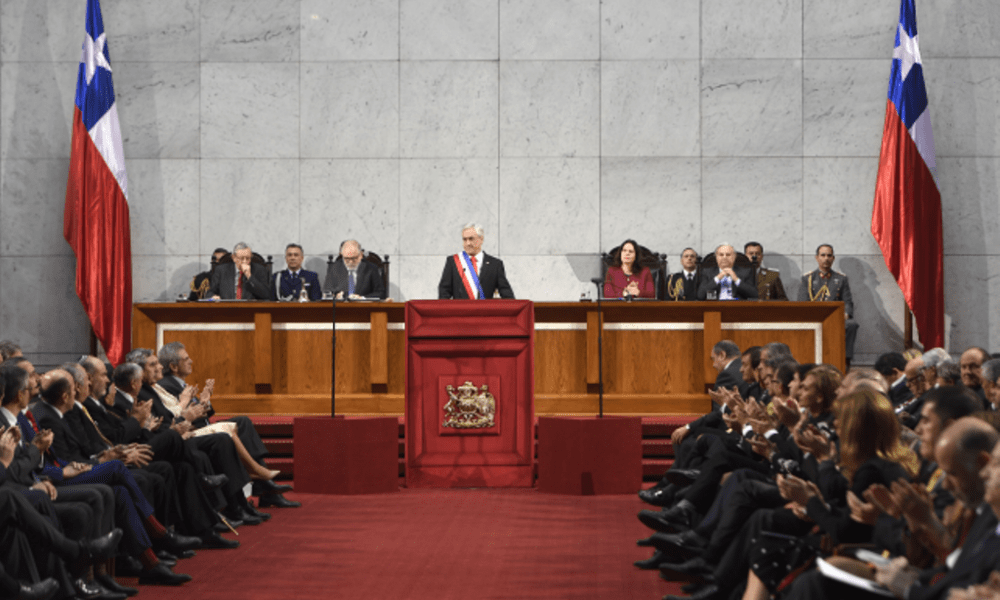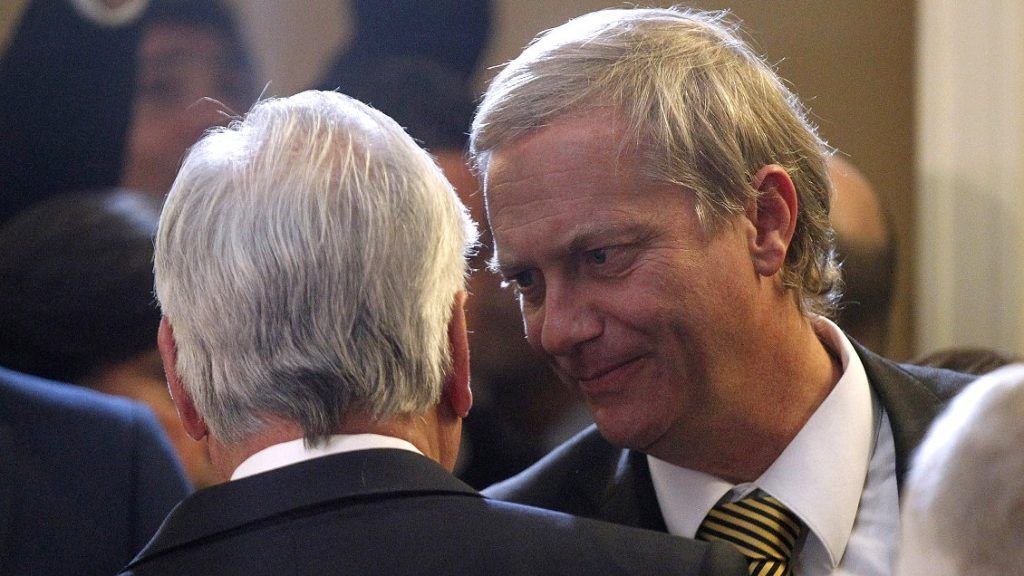
Por TOMÁS CROQUEVIELLE H.
Licenciado en Historia y Periodista
Pontificia Universidad Católica de Chile
SANTIAGO – The questioning of figures within President Sebastián Piñera’s coalition is a sign of the complicated position in which the current administration finds itself: undecided between following a centrist path and adopting the flags of the right-wing from figures such as Trump and Bolsonaro.
Senator José Manuel Ossandón, Piñera’s former main rival during the right-wing and center-right Chile Vamos (Let’s Go Chile) coalition’s 2017 primary, was unequivocal in his criticism of the current administration: it needs to convey its message with more clarity, because people are not feeling the fruits of its social and economic integration agenda. The President wasn’t happy with this criticism and called for “loyalty.”
This internal dispute on the right triggered by Ossandón’s criticism points to a deeper issue: a lack of clarity as to the administration’s position in the current political landscape.
From Cameron to Trump
During Piñera’s first presidency, the international and regional models for the right-wing were centrist figures like David Cameron, Mauricio Macri, and José Manuel Santos, all of whom had social and economic agenda of integration and equality.
In the beginning of Piñera’s second bid for presidency, however, a series of events shocked the political spectrum worldwide and the people who used to represent a moderate and human face of the right-wing quickly fell out of favor. Instead, a populist, nationalist, and conservative group of right-wing leaders had begun to take control around the world, especially in Europe and the Americas.
As a result, the post-Cold War consensus and the Blair and Clinton “third way” that all of Chile’s post-Pinochet presidents followed was under threat, this time by the right-wing, and Piñera really wasn’t able to accommodate himself and his administration.
The Bolsonaro effect
When Piñera announced his bid for reelection in March 2017, “Brexit,” led by Boris Johnson and Nigel Farage, had already won a referendum and Donald Trump was in his second full month as President of the U.S., but Piñera did not hop on the bandwagon of this new right-wing that is seemingly less concerned about social integration and diversity and more focused on patriotism and national identity. Instead, Piñera was clear that they weren’t his models, and he was quick to declare that, if elected president again, he would govern in a centrist way.
Even during the runoff campaign, Piñera announced that his presidency was going to retain free tuition for the most vulnerable population, a key aspect of the education reform of his predecessor.
Then, when elected president, Piñera supported liberal and progressive issues, such as the transgender ID recognition law and the hosting of an international environmental forum. He also denounced, and tried to keep out of the discussion, the former far-right presidential candidate, José Antonio Kast, the current front-runner of the right-wing in the polls.
Nonetheless, Kast’s tough stances on immigration, foreign policy, education, and crime have been partially co-opted by the current administration, as was seen in the decision to pull out of the Escazú (environmental) andMarrakech (immigration) agreements.
Likewise, the proposal to lower the age for preventive control to 14 and the elimination of the inclusive mechanism of education reform in favor of a more competitive approach are signs that the Piñera administration had decide to wave the flags of this new far-right.

The Brexit and Trump victories are one thing, but to apply them to Chilean politics is quite another. Those promises, agreements, and political contexts stand apart from the Chilean experience. Nevertheless, the victory of Jair Bolsonaro in Brazil, with very similar arguments from the Leave campaign in the United Kingdom and Trump’s Make America Great Again theme in the U.S., make the right-wing more appealing and more relevant to the Chilean political discussion.
Back and forth between the center and right
The current global right-wing popularity of Trump, who has been able to push a far-right agenda of deregulation, hard-core stances on immigration, and tax cuts for the rich, combined with the Chilean right-wing electorate’s enthusiasm for Bolsonaro and Kast, has pushed Piñera out of his comfort zone as a centrist figure. He has been forced to zig zag between the right-wing and center in order to take back control of the political agenda.
This is a programmatic disorder that Ossandón sees as a challenge to the coalition if it wants to win the presidency again in 2021. Figures from the right like Ossandón argue that neither the left-wing nor the far right-wing “own” the social flags of inequality and inclusion; rather, the center-right of Chile is likely in the best position to fight for the people and defend them on these issues—especially if the coalition on the left is splintering and losing the center.
In short, the Piñera administration and Chile Vamos must understand that voters don’t trust the right-wing on those issues; they need to earn the trust of the electorate and show the way of a right, that beyond ideological definitions, its able to improve the lives of the Chilean people.
*Imagen de cabecera propiedad de El Dínamo.